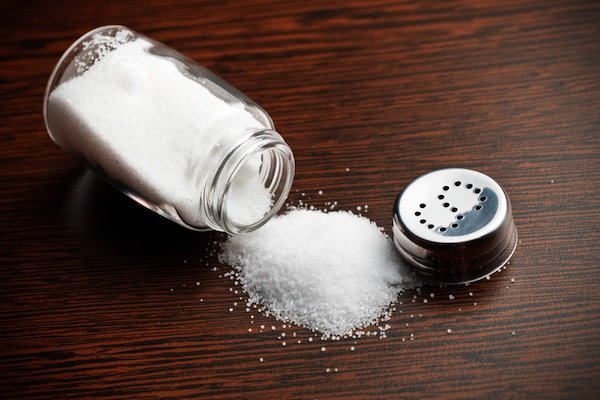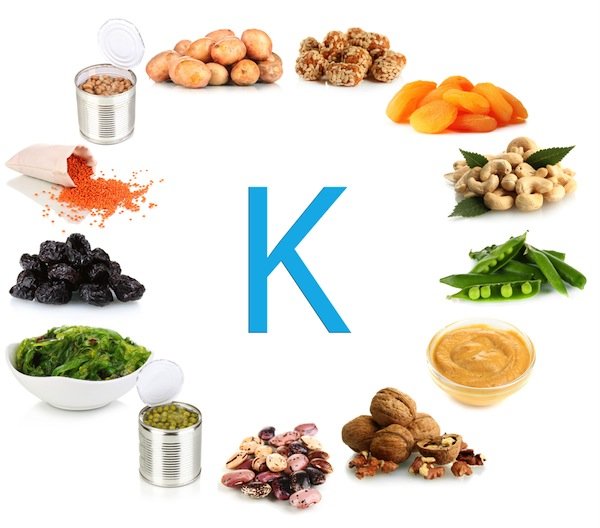Lowest Sodium Intake May Pose Risks


.playerTop
top: 74px !important;
By Gene Emery
Reuters Health
Two newly-published studies add grains of salt towards conventional wisdom you need to consume very little sodium as is feasible, though the findings are leaving an unsatisfactory taste in the mouths of some experts.
In one study that checked death and heart related illnesses, researchers found that extremely low-salt diets are probably not as beneficial numerous experts believe, and may also even pose a hazard.
The other, devoted to hypertension levels effects, discovered that people with a moderate salt intake didn’t take advantage of reducing their consumption nearly folks the high-salt group.
“Previously it was believed that the reduced your going better. What these study shows collectively is that likely to optimal level, minimizing will not be necessarily better,” Dr. Andrew Mente of McMaster University in Hamilton, Ontario, chief author in the hypertension study, told Reuters Health on the phone.
On the opposite hand, still another international study supports the the usual understanding that there’s a right away outcomes of less salt and much better health, determined no evidence that extremely-low levels of sodium are dangerous.
All three reports are published in the Aug. 14 New England Journal of Medicine.
One thing all of the studies confirm: a lot of salt isn\’t good for you personally. High amounts promote high blood pressure levels, stroke, heart attack, kidney problems and heart failure.
That third study determined that high salt intake was in charge of 1.65 million cardiovascular illnesses deaths worldwide this season. It’s according to computer models, surveys of salt use in 66 countries and 107 published studies.
“These are typically staggering numbers when you actually think about it,” Dr. Elliott Antman, president in the American Heart Association, told Reuters Health.
Worldwide, daily consumption is normally 3 to 5 grams of sodium, which translates to 7.5 to fifteen.0 grams of salt. That’s well above the limit 1.5 to 2.4 grams of sodium each day recommend by the World Health Organization, the American Heart Association and also other organizations.
“Even at 4 grams on a daily basis, we found 500,000 deaths per year,” chief author Dr. Dariush Mozaffarian, dean of the Friedman School of Nutrition Science and Policy at Tufts University, told Reuters Health.
Mozaffarian said his analysis uncovered no danger at low levels or below, and the man argued that even Mente’s blood pressure level study showed non-recourse there.
But Mente said the link is very much harder than any other time thought, along with the many benefits of lowering salt intake don’t fall with the same pace for anyone.
“If people are eating an exceedingly dangerous of sodium they usually reduce their intake, you get a large lowering of hypertension,” he was quoted saying. “However if you’re eating an average level of sodium – with what most North Americans eat – and you also reduce it towards a lower level, you’re probably not getting much inturn as much as blood pressure levels reduction is anxious.”
The most dramatic evidence was your research that considered the link between sodium intake and death, strokes and strokes using urine samples to estimate sodium consumption.
Led by Mente’s colleague at McMaster, Dr. Martin O’Donnell, it found consuming less than 3 grams of sodium each day increased potential risk of death or major cardiovascular events by 27 % compared to people who consumed 3 to 5 grams daily.
The optimum sodium level was Three to six grams every day. “Both higher and reduce numbers of estimated sodium excretion were connected with increased risk,” the O’Donnell team concluded.
That study shows “you can find unintended consequences of going lower” Mente said within a telephone interview.
Currently just about 1 percent of your companion worldwide “were consuming lower than 2 grams on a daily basis,” he explained. “What we’re recommending currently is the thing that no one world wide eats, as well as maybe a few hunter-gatherer societies. We’re making recommendations where the human experience is incredibly sparse. These bits of information strongly question our current recommendation.”
Yet Mozaffarian argued that they can don’t. The O’Donnell and Mente studies derived their is because the exact same research project, referred to as a PURE study.
“When you have one study much like the PURE study, that’s one study negative credit many,” said Dr. Mozaffarian. Some have suggested a danger for very-low salt intake and some haven\’t.
Not only will the weight with the evidence advise that there isn\’t any risk in aggressive salt reduction, Mozaffarian said. “You don’t have a plausible biology to spellout why you’d get an uptick in risk with low sodium intake.
” There’s another excuse for skepticism. The PURE study assessed sodium consumption with different single urine sample collected every day. Antman called that a “very unreliable method” for measuring salt intake.
“The defacto standard is 24-hour urine collection, and they didn’t work with it. And in some cases of course your sodium intake can vary a lot from day to day,” he told Reuters Health.
“All sorts of things, the American Heart Association position have not changed in response to your PURE paper,” said Antman, a cardiovascular expert at Brigham andWomen’s Hospital in Boston. The association recommends less that 1.5 grams of sodium daily.
Nonetheless, Dr. Suzanne Oparil of your University of Alabama at Birmingham contends in a very Journal editorial that, “Both high and low numbers of sodium excretion might be associated with an increased chances of death and cardiovascular-disease outcomes and (the tests suggest) that boosting the urinary potassium excretion counterbalances the adverse effect of high sodium excretion.”
That idea should be confirmed inside of a large study, she said, but “even without the a real trial, the outcomes argue against reduction of dietary sodium just as one isolated public health recommendation.”
“The big picture is that high sodium is bad and really should be reversed, and there’s just some controversy over how low you ought to go,” said Mozaffarian, adding that doctors and patients ought to be pushing for that strong national policy to lessen the sodium content of processed food.
“If it should be 2 grams or 1.5 grams or 2.5 grams daily, that’s all theory.” he explained. “At the moment it’s close to 4 grams on a daily basis. Let’s buy it directly below 3, and in addition we can argue how low it needs to go. But at the moment it’s clearly excessively high.”
SOURCES: http://bit.ly/1uIrwAc; http://bit.ly/1oFemTU and http://bit.ly/1pLK1Cc; Northeastern Journal of Medicine, online August 13, 2014.










